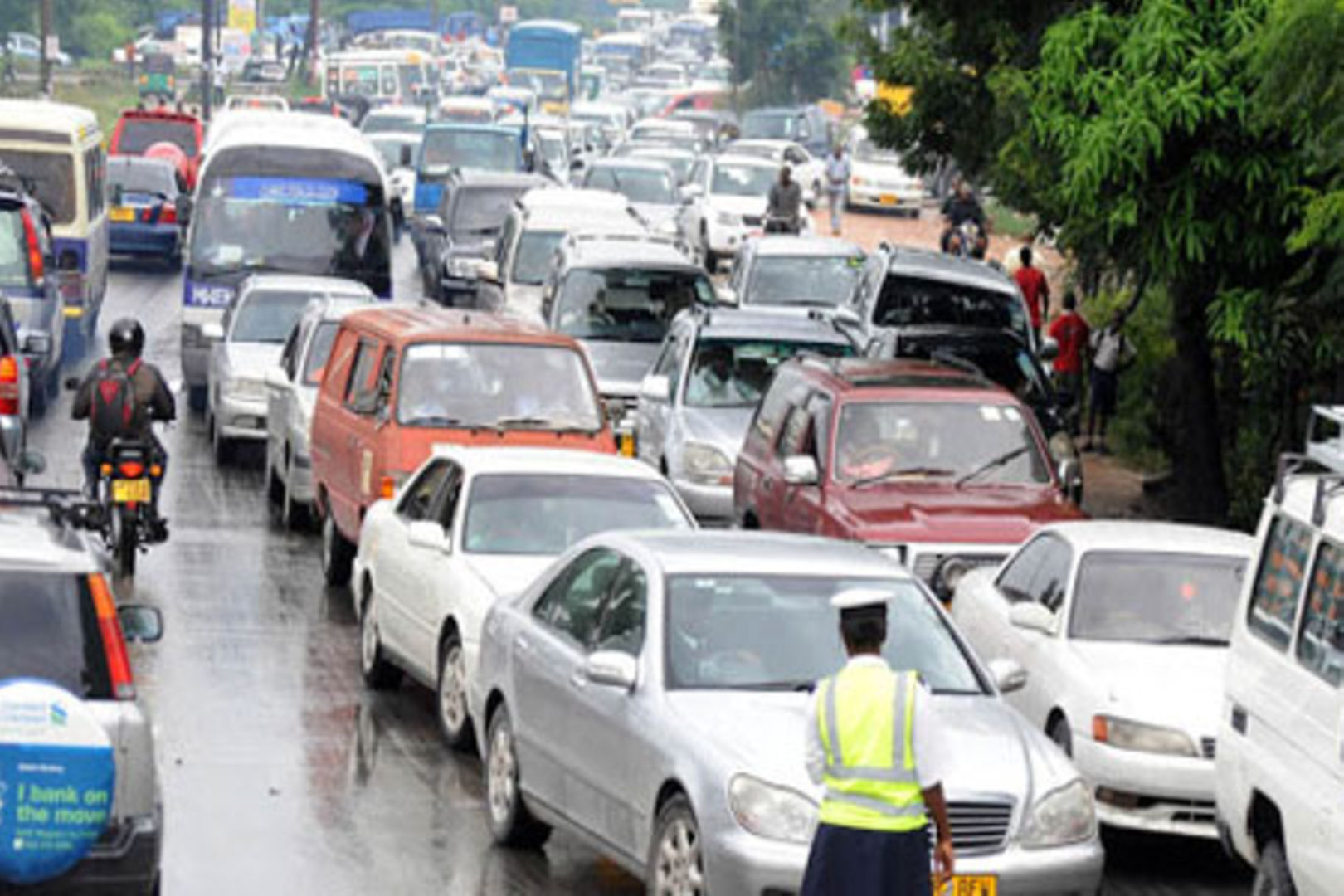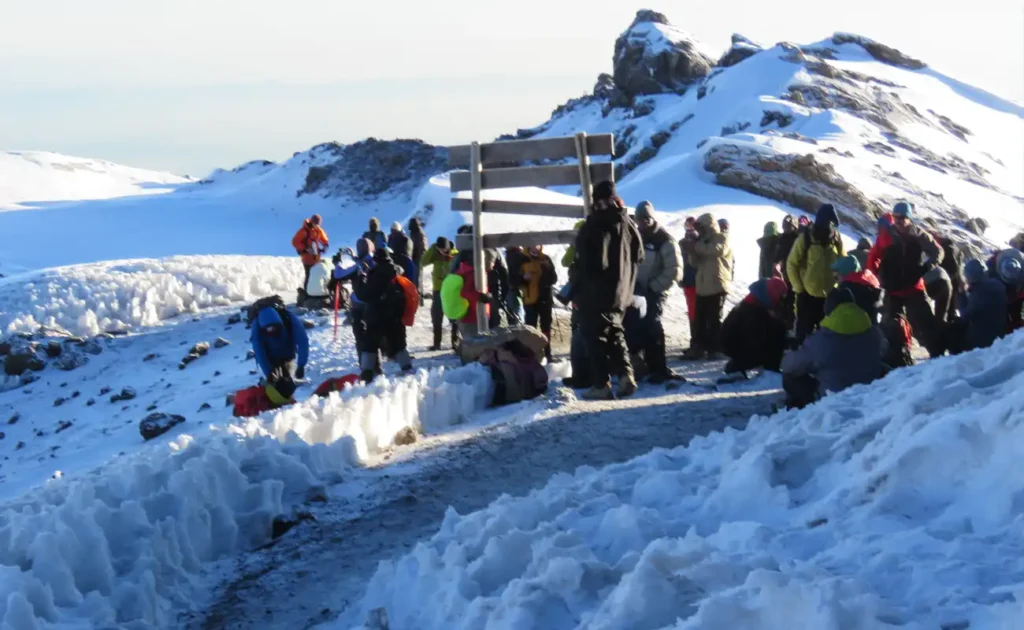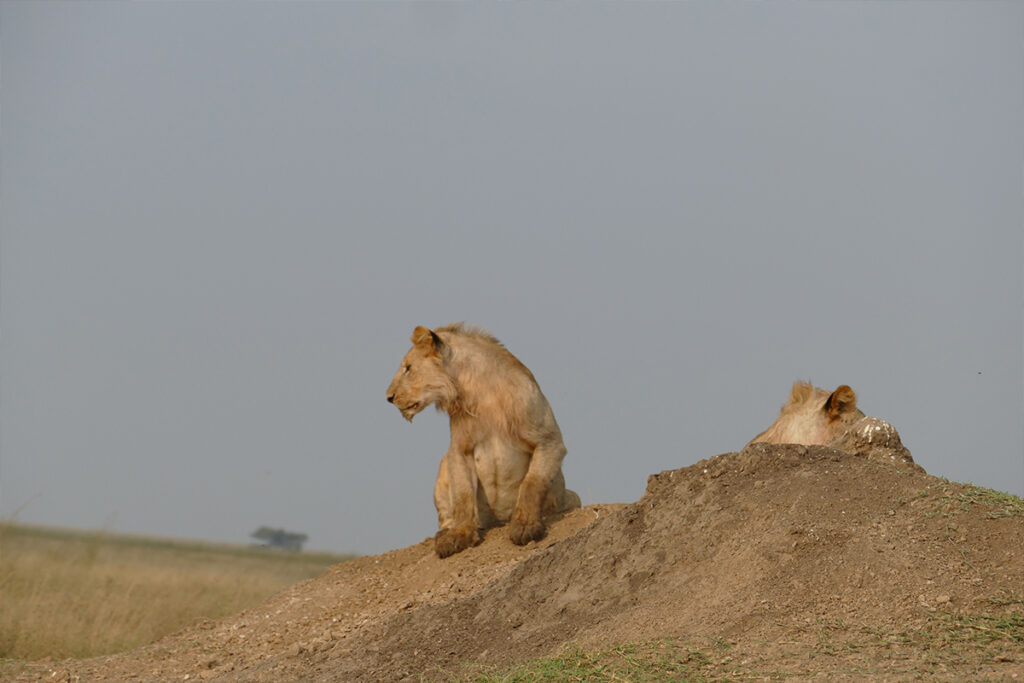In Dar es Salaam, traffic congestion is far from just a minor inconvenience; it’s a daily ordeal that significantly impacts the productivity and quality of life for many residents. The city’s rapid population growth and urbanization have outpaced the infrastructure development, creating chokepoints throughout the central business district and main highways. Stuck in gridlock, commuters often find themselves spending more time on the road than at their destinations.
The root cause of the traffic woes can be traced back to the city’s planning history and a lack of efficient public transportation systems. In fact, studies indicate that Dar es Salaam is one of the most congested cities in Africa, with some commuters experiencing delays of over two hours daily. Efforts to alleviate this nightmare include initiatives like the Dar es Salaam Rapid Transit (DART) system, which aims to offer a more reliable and efficient alternative for daily commuters.

Overview of Traffic Congestion in Dar es Salaam
Dar es Salaam, Tanzania’s largest city, is notorious for its heavy traffic congestion. The chaotic traffic flow often results in long delays for commuters. Roads are frequently clogged with vehicles, especially during peak hours. This situation is largely due to rapid urbanization and a growing population. As more people move to the city, the infrastructure struggles to keep up.
The lack of effective public transportation options adds to the problem. Most residents rely on private cars and motorcycles to get around. This increases the number of vehicles on the roads, leading to more traffic jams. The existing public transport system is often overcrowded and unreliable. This further discourages residents from using it.
Traffic congestion not only causes frustration but also affects the economy. Businesses experience delays in deliveries, leading to loss of productivity. Emergency services like ambulances and fire trucks find it challenging to navigate through the traffic. This can have serious implications for public safety. Furthermore, the constant idle of vehicles contributes to pollution.
Efforts are being made to address the traffic issues in Dar es Salaam. The introduction of the Dar Rapid Transit (DART) system aims to provide a more reliable and efficient mode of transport. There are also plans to improve the road infrastructure and expand the capacity of existing routes. However, these solutions will take time to implement. In the meantime, residents continue to face daily traffic struggles.
Current traffic situation
The current traffic situation in Dar es Salaam is highly challenging for residents and visitors alike. Major roads like Nyerere Road and Sam Nujoma Road are often packed with vehicles. During rush hours, these areas become almost impassable. Many drivers spend hours stuck in traffic daily. This results in lost time and increased stress.
One of the main issues is the limited number of alternative routes. When an accident or roadwork occurs, there are few detours available. This further exacerbates the congestion. The traffic lights and signs are not always functioning properly. This leads to confusion and unsafe driving conditions.
Public transportation, including buses and minibusses known as “daladalas,” struggle to maintain schedules. They are frequently overcrowded and can be unreliable. The lack of dedicated lanes for public transport makes it difficult for these vehicles to navigate efficiently. Many people prefer using motorcycles or private cars to avoid the discomfort of public transit. This, however, adds more vehicles to the already congested roads.
Pedestrians also face hazards due to the traffic conditions. Sidewalks are often missing or in poor condition. This forces people to walk along the roads, increasing the risk of accidents. There is a dire need for better planning and infrastructure to ensure the safety of both drivers and pedestrians. Efforts are underway to improve the situation, but significant improvements will take time.
Factors Contributing to Traffic Problems
Several key factors contribute to the intense traffic problems in Dar es Salaam. One major issue is the rapid population growth. As more people move to the city, the number of vehicles on the road increases. This leads to heavy congestion, especially during peak hours. The city’s infrastructure has not expanded at the same pace, causing bottlenecks.
Another factor is the lack of efficient public transportation. The existing buses and “daladalas” are overcrowded and unreliable. People prefer using private cars and motorcycles to avoid the hassle. The absence of dedicated public transport lanes also worsens the situation. As a result, more vehicles are added to the congested roads.
Poor road conditions add to the traffic woes. Potholes and uneven surfaces slow down traffic. During the rainy season, these issues are exacerbated. Drivers are forced to navigate carefully to avoid damaging their vehicles. This reduces the overall speed of traffic flow.
Lastly, the city’s layout and design contribute to the problem. Many roads are narrow and cannot handle the high volume of traffic. There is also a lack of alternative routes and bypasses. When accidents or roadworks occur, detours are limited. This leads to further congestion and delays, making daily commutes a frustrating experience.
Economic Impact of Traffic Jams
Traffic jams in Dar es Salaam have a significant economic impact on the city and its residents. One of the most immediate effects is the loss of productivity. Commuters spend countless hours stuck in traffic that could be used more effectively at work. This lost time directly translates to economic losses for businesses and individuals alike. Reduced productivity can hurt the overall economy.
Businesses face operational challenges due to traffic congestion. Delays in the delivery of goods and services disrupt the supply chain. This can lead to increased costs for companies, which are eventually passed on to consumers. For small businesses, these disruptions can be particularly damaging. It becomes harder to compete and maintain profitability.
Fuel consumption also rises as vehicles idle in traffic. This results in higher expenses for both individuals and businesses. The increased fuel consumption contributes to higher air pollution levels. This environmental impact has long-term health implications for the city’s residents. Public health issues can further strain economic resources.
Emergency services are severely affected by traffic jams. Ambulances and fire trucks struggle to reach their destinations promptly. This delay can lead to more severe damage or even loss of life. The economic cost of these delays includes increased healthcare expenses and insurance claims. A more efficient traffic system is crucial for timely emergency responses.
The tourism sector also suffers due to traffic congestion. Visitors to the city may face delays and frustration, leaving them with a negative impression. This can affect their willingness to return or recommend the city to others. A poor reputation can lead to a decrease in tourism revenue, which is vital for the local economy. Improving traffic flow can enhance the overall visitor experience.
Solutions and Initiatives to Alleviate Traffic Congestion
Efforts to ease traffic congestion in Dar es Salaam include the development of the Dar Rapid Transit (DART) system. This initiative aims to offer a reliable and faster public transportation option. Dedicated bus lanes help reduce travel time for commuters. The DART system also strives to reduce the number of private vehicles on the roads. More people using public transport can significantly decrease traffic jams.
Improving road infrastructure is another crucial solution. Expanding existing roads and constructing new ones can alleviate bottlenecks. Creating more alternative routes allows traffic to be distributed more evenly. Proper maintenance of road surfaces is equally important. This ensures smooth traffic flow and reduces vehicle damage.
Implementing intelligent traffic management systems has shown promise. Using technology like real-time traffic monitoring and adaptive traffic signals can optimize traffic flow. These systems help manage congestion by adjusting signal timings based on current conditions. Better coordination of traffic lights can reduce waiting times at intersections. This technology also assists in quicker responses to road incidents.
Encouraging carpooling and ride-sharing is another effective measure. These practices reduce the number of vehicles on the road. List of ride-sharing and carpooling benefits:
- Lower transportation costs for individuals
- Reduced environmental impact
- Less traffic congestion
- Improved social interactions
Finally, promoting non-motorized transportation options such as cycling and walking can make a difference. Developing safe and accessible pedestrian pathways and bike lanes encourages people to choose these alternatives. Not only does this reduce the number of cars on the road, but it also promotes a healthier lifestyle. An integrated approach involving multiple solutions is key to effectively addressing Dar es Salaam’s traffic problems.
How Travelers to Dar es Salaam Can Navigate the City Efficiently
Travelers to Dar es Salaam can efficiently navigate the city by using the Dar Rapid Transit (DART) system. This bus service operates on dedicated lanes, reducing travel time significantly. It covers major routes, making it a practical option for getting around. Using DART buses can help visitors avoid the typical traffic congestion. Tickets are affordable and can be purchased at bus stations.
Another effective way to get around is by using ride-sharing apps like Uber and Bolt. These services offer the convenience of booking a ride from your smartphone. Travelers can choose from different vehicle options depending on their needs and budget. Ride-sharing is usually more reliable than traditional taxis. This option also allows for cashless transactions, adding an extra layer of safety.
Renting a car can be a good option for those who prefer more flexibility. Several rental companies offer a range of vehicles at competitive prices. When renting a car, it is essential to take note of parking availability. Knowing where to park can help avoid fines and towing. Travelers should also familiarize themselves with local driving rules.
For shorter distances, walking or cycling can be effective and enjoyable. Many popular tourist spots and city areas are close to each other. Walking or cycling can save time and offer a unique way to explore the city’s culture. List of nearby attractions for walkers:
- National Museum of Tanzania
- St. Joseph’s Cathedral
- Kariakoo Market
- Botanical Gardens
Lastly, planning travel times strategically can make a significant difference. Avoiding peak hours, which can be quite hectic, helps in saving time. Early mornings and late evenings usually experience lighter traffic. Planning ahead can lead to a smoother and more enjoyable visit to Dar es Salaam.




